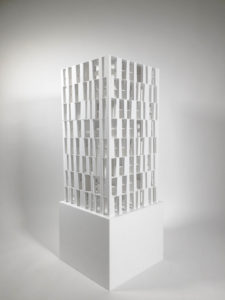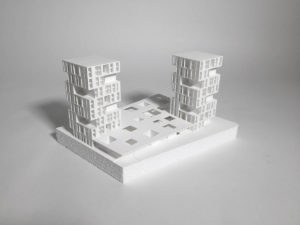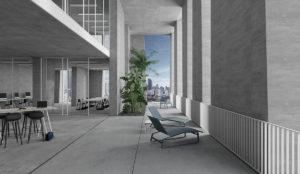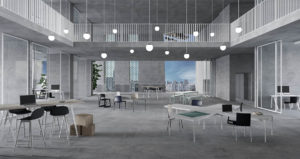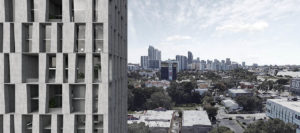The New Generic
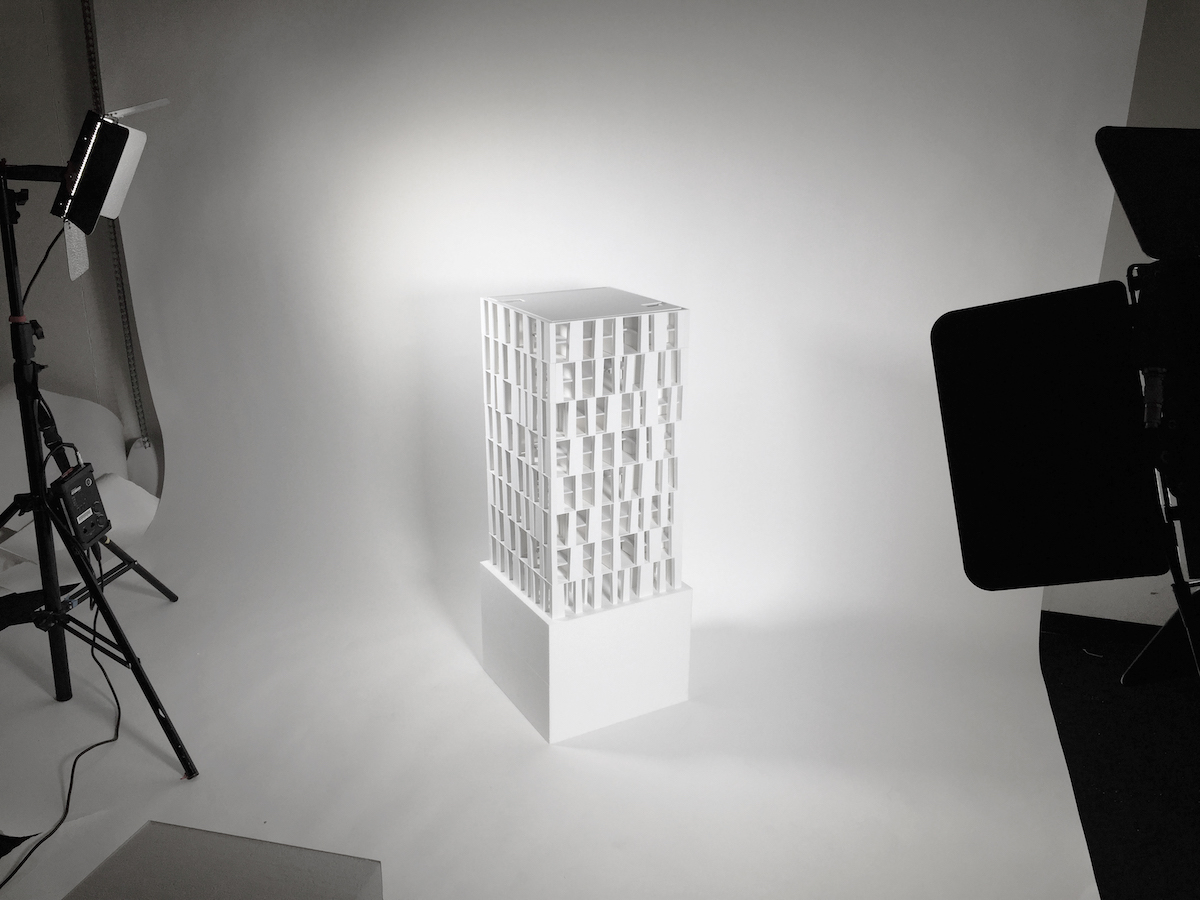
by Daniel Garcia (MArch II ’20)
In, The Generic City, Rem Koolhaas asks us to consider the disadvantages of identity, and conversely, the advantages of blankness. He asserts that a city bound to its identity resists expansion, interpretation, and renewal. Koolhaas goes on to define and embrace the idea of a generic city as one that is liberated from the straight-jacket of identity, history, and context. “It is a city without history. It is big enough for everybody. It is easy.”
Miami’s strong identities and multiple histories beg for an architecture of multiplicities. For this reason, a project for the Miami Design District that provides adaptable spaces for living and working should be neither wholly generic nor specific; it should situate itself somewhere between the two. The project alludes to the low-rise urbanism of the surrounding context by dispersing a series of pavilions around a site on the southeastern edge of the Design District and continues by stacking the pavilions into two towers, creating a vertical mat urbanism that approximates the public and semi-public spatial sequences of the neighborhood. Courts, passageways, and stairways give the Design District its character but these features are deployed here as an inherent critique of the low-density development which lacks the programmatic diversity of a rich urban fabric. The facade is comprised of massive precast concrete panels that span two floors and are used to mitigate climate and solar exposure. Large arcades appear around the perimeter of the towers as abstractions of the pervasive balcony typology of Miami beach high-rises.
